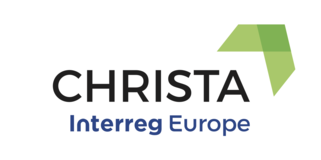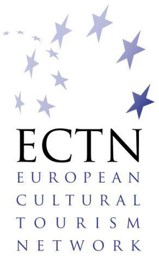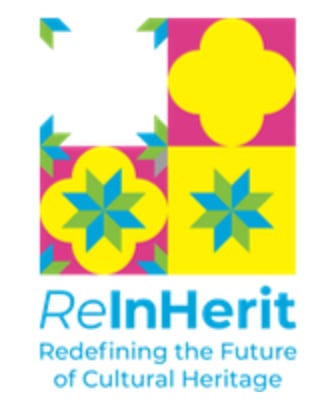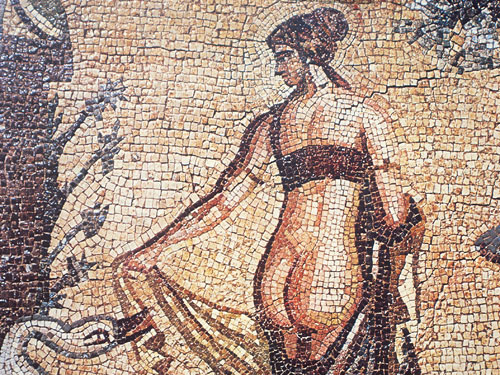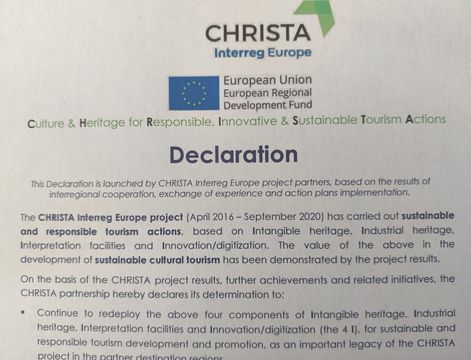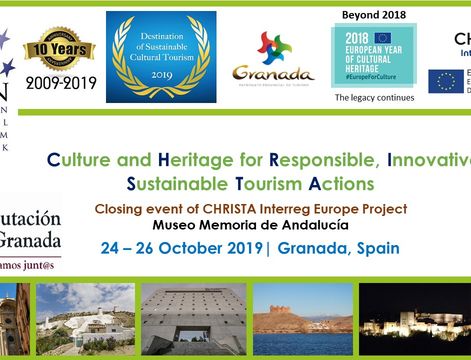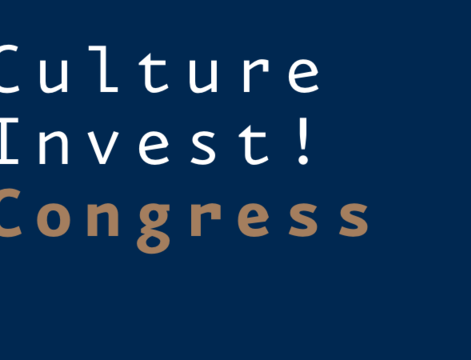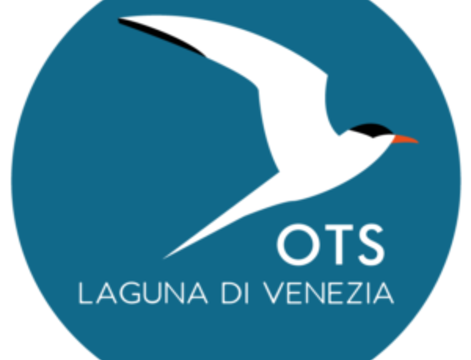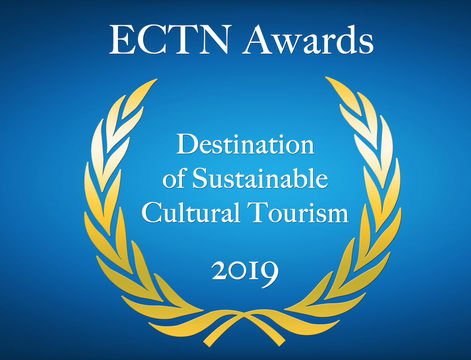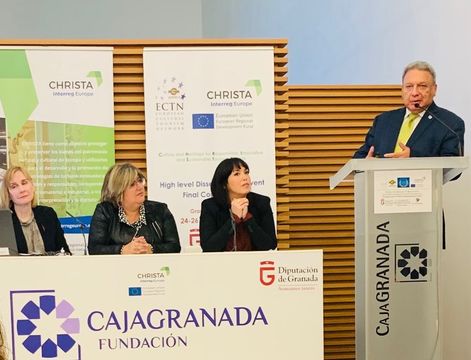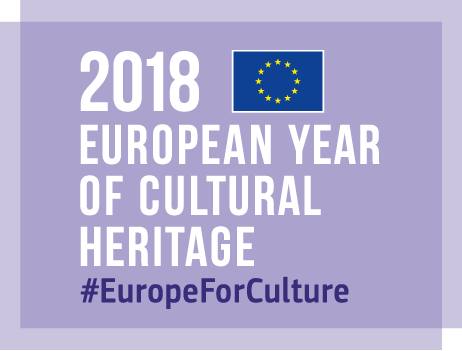Following the first implementation of the CHRISTA action plan, 'Intangible Heritage' is included in the policy instrument 'Pafos Regional Straetegic Tourism Development Plan', in terms of the 'Phytiotico' weaving traditions as a means of developing sustainable cultural tourism. Furthermore , 'Industrial Heritage' is recognised as a potential niche market for cultural tourism development.
The changes that have already taken place during Phase 2 concern policy development and change, in terms of deploying intangible heritage for cultural tourism (in relation to Action 2 in the Action plan), as follows:
Phyti Embroideries
Even though there are no clear indications as to when this art was developed, according to Frenchman Mas Latrie, the art of weaving was particularly prosperous during the Middle Ages, mainly during the Lusignan period (1192-1489). Later on, Elizabeth Alicia Maria Lewis would write with much enthusiasm about these exceptional types of handicrafts in Fyti and the surrounding region in her book A Lady’s impressions of Cyprus in 1893.
Fythkiotika fabrics that are weaved on a voufa, or loom, are called ploumia tis voufas and are characterised by a variety of colours. Initially the colours were red and blue, as they were the only ones the weavers could get a hold of. They were later enriched with other colours, such as yellow, orange and green.
According to the testimonies of Charalambos Mavrellis, founder of the Fyti Weaving Museum, in the 1950’s Nicosia tradesman Costas Christodoulou would trade the fythkiotika by providing weavers with the yarns and coloured threads so they could create fabrics for him, such as siemedes, mantilies, squares and others.
Creation process
The procedure to create fythkiotika is made up of many stages: the gathering of the cotton, clearing it of seeds on the apparos (gin machine), turning it into yarn, wrapping the yarn with the use of an anemi and doulappi (special wooden hand wheel) and syrma (stretching and counting of warp threads, usually done on an outside wall), the gathering of the syrma and placing it on a loom. Nowadays, readymade thread is used, while few weavers know how to pass the thread through the loom (they usually seek the assistance of the Cyprus Handicraft Service).
Actions/initiatives undertaken:
- Enhanced Visit services in Cyprus-Handicraft Center
- Developed textile routes
- Organised Exhibitions and Promo events
- Provided training Classes to new weavers
- Organised school visits - Educational programs-interactive visits
- Creation of Craft centers have been encouraged through funding by the Government
- Achieved inland bus connections / organize excursions to Phyti Village
- Promoted Phyti Village/phytiotika weaving in DIY tours
- Promotion through regional events
- Continued supporting and training of 13 new weavers
- Recorded of the makers of looms, electronic recording of the manufacturing process
- Located men and women who know "the wire" (thread preparation)
- Organized a seminar.
In progress April 2019 onwards:
- Starting evaluation and reproduction of the existing weaving Guide (projects etc)
- Examine the possibility to standardize the procedure of this particular weaving
- Prepare the application for the world heritage list of ICA.
Today’s challenges and opportunities, an ongoing effort
• Once it’s gone, it’s gone forever
• Disconnect between city/village and between generations
• Weaving is not linked in to formal teaching programs
• Changing Times, Changing Tastes
• Low status of weaving despite being a highly skilled occupation
• Old Patterns, New Purpose
• Internet Shopping
• Craft Revival Trends & Luxury Brands
• Hand-made = high quality, reassuring, unique, personal.
Experience to share at local and European level:
- Prioritise Intangible Heritage Assets as a Top component for Sustainable & Responsible Tourism Development
- Spread the message of crafts and culture we need to engage both the rural and urban audiences
- Develop a Revival project with specific actions and Involve other partners such as cultural-centers, universities, art galleries and artist groups.

The addition of intangible heritage as an asset for sustainable and responsible cultural tourism in the policy instrument 'Pafos Regional Strategic Tourism Development Plan' is a direct result of the CHRISTA project, drawing on the exchange of experience process and related policy development.

